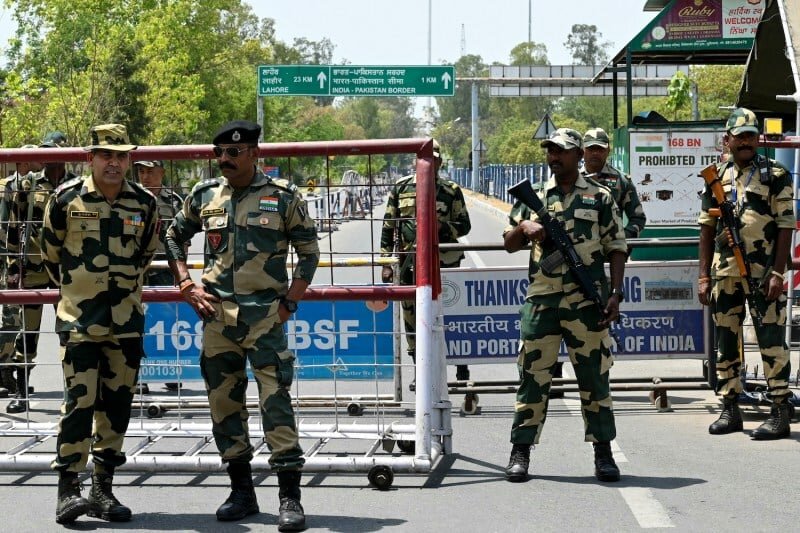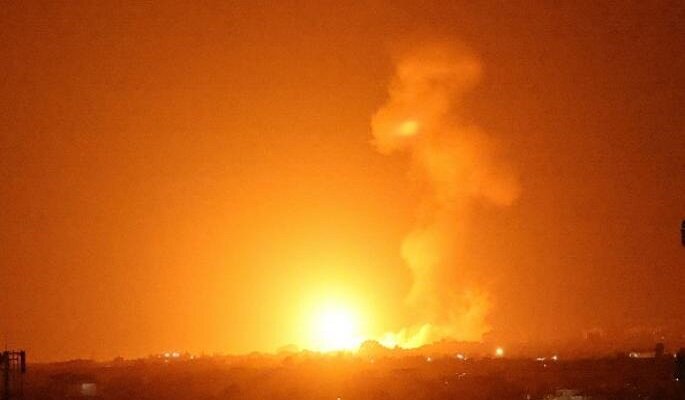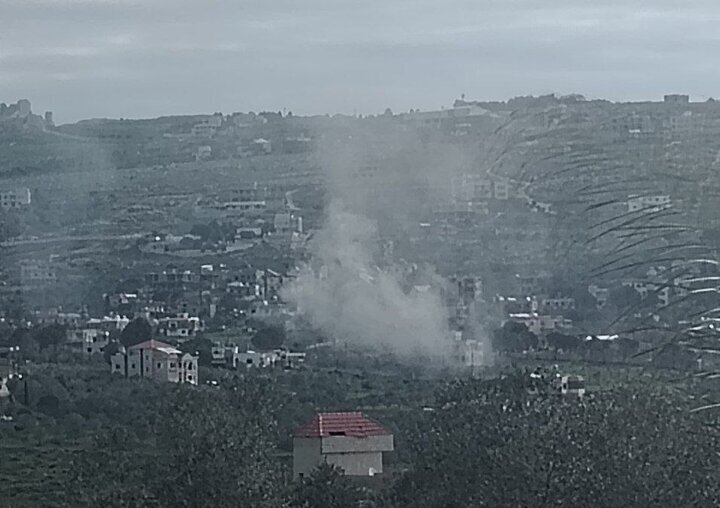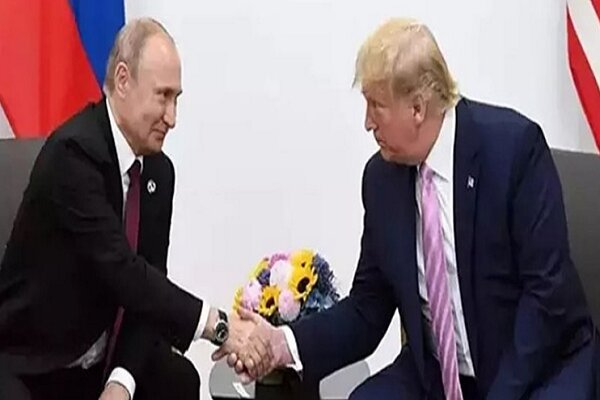Unlocking Solutions: The Power of Dialogue in Conflict Resolution
A recent tragic incident of terrorism in Pahalgam has once again highlighted the volatile situation between India and Pakistan, two nuclear-armed nations sharing the world’s most dangerous border. As tensions escalate, it’s essential to explore the underlying causes of recurring conflicts in the region and consider viable solutions to prevent further violence.
The history of the Indian subcontinent, once a British colony, plays a significant role in the ongoing disputes. When British India gained independence, the responsibility fell on Britain to resolve issues between the newly formed nations, India and Pakistan. However, critical matters, such as the fate of Kashmir, were left unresolved, leading to significant unrest.
Key points to consider include:
- Colonial Legacy: The colonial system inflicted deep wounds on the subcontinent’s society, leaving disputes like Kashmir unresolved.
- UN Involvement: India brought the Kashmir issue to the United Nations Security Council, leading to a resolution that granted Kashmiris the right to self-determination, which has yet to be implemented.
- Cyclical Conflicts: The failure to execute the UN resolution has resulted in multiple wars between India and Pakistan, exacerbating tensions instead of resolving them.
As a result of these historical grievances, Kashmir has experienced rising anxiety and unrest. The present-day conflicts are characterized by armed movements, which, although challenging to control, diverge from the central political leadership in Kashmir. Armed organizations have emerged, intensifying the already fraught relations between India and Pakistan.
India accuses Pakistan of sending militants into Kashmir, while Pakistan asserts that India has conducted military operations in the region for decades without presenting credible evidence. This narrative has led to a cycle of accusations, with both sides failing to provide definitive proof of their claims.
In light of these ongoing tensions, the recent terrorist attack in Pahalgam is particularly concerning. The attack has drawn condemnation from various nations, including Pakistan, which is currently a non-permanent member of the UN Security Council. The international community has urged for justice against the perpetrators of this heinous act.
Pakistan has maintained its stance, urging India to provide any evidence of its involvement in the incident. The Pakistani government has offered full cooperation for an impartial investigation, emphasizing the need for transparency.
In the aftermath of the attack, India made a controversial decision to suspend the Indus Water Treaty, a critical agreement governing water resources between the two nations. Pakistan responded vehemently, asserting that any unilateral termination of the treaty would be viewed as a declaration of war.
Water experts have raised concerns regarding the feasibility of halting water flow, questioning the practicality of storing or redirecting water. The consensus is that stopping the water is unlikely, as both countries are intertwined in complex water management systems.
Moreover, the potential for large-scale military conflict is limited. Despite India having a larger military force, much of its manpower is stationed along the Line of Actual Control with China, leaving it unable to make significant troop withdrawals. In contrast, Pakistan does not face immediate military threats from its neighboring countries.
In a promising development, Iran has offered to mediate and help alleviate the tension between India and Pakistan. This proposal has garnered positive reactions in Pakistani media, suggesting that dialogue could pave the way for resolving longstanding issues. If India accepts Iran’s offer, there is hope that tensions could ease swiftly, as constructive dialogue is essential for lasting peace.
Reflecting on the historical context and the present situation, it is evident that if the Security Council resolution on Kashmir had been respected, the current standoff between the nuclear powers might have been avoided. The path to peace lies in sincere dialogue and a commitment to resolving the Kashmir dispute, which has lingered for decades.
In conclusion, the tragic events in Pahalgam serve as a reminder of the urgent need for diplomatic engagement and cooperation in the region. By addressing historical grievances and fostering dialogue, India and Pakistan can work towards a more stable and peaceful coexistence, ultimately ensuring a brighter future for the people of Kashmir and both nations.






